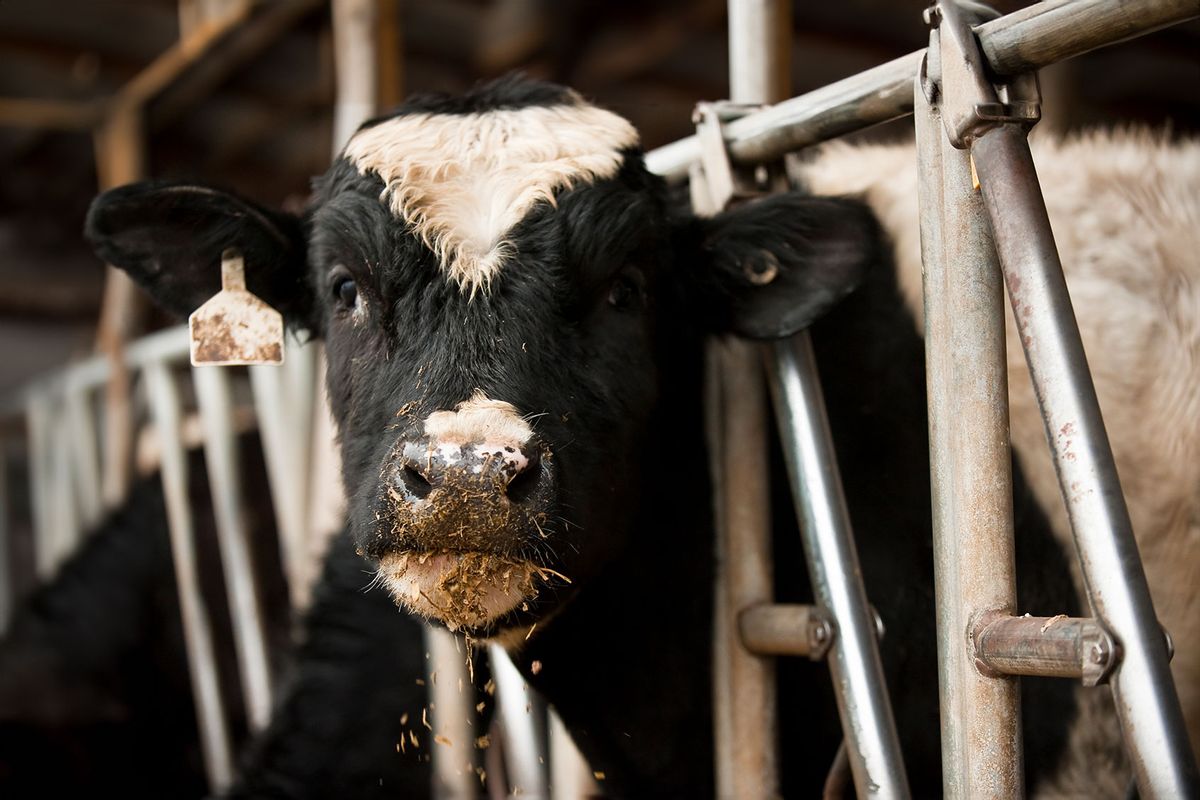Bird flu has been confirmed in a third American this year, marking the second case linked to a Michigan dairy, according to the Michigan Department of Health and Human Services. This raises concerns that the virus, which in April appeared in dairy farms throughout the United States, may be spreading further among people, not just animals. Four people in America have been infected so far, including an infection from poultry in 2022.
The latest farmworker infection is from a different farm than the one reported in Michigan on May 22. Another major difference is the symptoms this individual reported, with coughing and respiratory symptoms in addition to eye infections as reported in the two other cases this year.
"This is the first human case of H5 in the United States to report more typical symptoms of acute respiratory illness associated with influenza virus infection," the Centers for Disease Control and Prevention said in a statement Thursday. "Based on the information available at this time, this case does not change CDC’s current A(H5N1) bird flu human health risk assessment for the U.S. general public because all three sporadic cases had direct contact with infected cows."
The latest patient was given an antiviral medication called oseltamivir and is reported to be recovering from his respiratory symptoms. In an official statement, Michigan's chief medical executive Dr. Natasha Bagdasarian reported that although the first Michigan case involved a worker being splashed in the eye with infected milk, the second occurred after the worker was directly exposed to an infected cow.
"Neither individual was wearing full personal protective equipment (PPE)," said Bagdasarian. "This tells us that direct exposure to infected livestock poses a risk to humans, and that PPE is an important tool in preventing spread among individuals who work on dairy and poultry farms."
So far, the U.S. Department of Agriculture has documented 67 outbreaks at dairy farms across nine states. On Tuesday, the USDA reported that tests have confirmed highly pathogenic H5N1 avian influenza in alpacas at an Idaho farm where the virus had struck a poultry flock, indicating that cows are far from the only mammals at risk of carrying the virus.
Infectious disease experts initially expressed alarm about the bird flu outbreak when they learned it had been transmitted to dairy cows. When viruses are able to jump between species, it increases the likelihood that they may reach human populations. Similarly, once a human is infected, it is easier for them to spread the disease to others.
“The more this spreads, the more it jumps from animal to animal, the more ability it has to mutate,” Katelyn Jetelina, an epidemiologist and author of the newsletter Your Local Epidemiologist, told Salon in April. “I think that it's a good sign that we haven't seen more human cases, we haven't seen any human clusters, but that doesn't mean that it can't happen — the flu is incredibly unpredictable and we need to treat it with urgency and transparency.”
Read more
about viral outbreaks



Shares